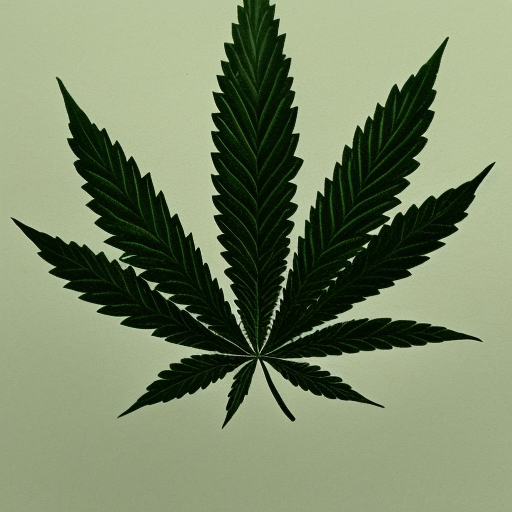
The cannabis plant has been on the planet for more than 28 million years, yet we are still discovering the wellness benefits it may have. Unfortunately, much of the misinformation regarding this plant was politically motivated and racially discriminatory. In the early 1920s, Mexican laborers introduced the use of cannabis flower as a recreational drug. Less than thirteen years later, America began a misinformation campaign on cannabis, and the first chapter of the “War on Drugs” was written. This version vilified the plant and debunked any possible medicinal use.
Today, more than forty states have legalized medicinal marijuana, and the U.S. federal government has passed laws that make it easier to get evidence-based scientific data for population health management. Public perception about cannabinoids has come a long way in almost one hundred years, but many people are still confused about cannabinoids and their usefulness for human wellness.
Out of almost 200 different cannabinoids, two are most often talked about and used for health needs; cannabidiol (CBD) and tetrahydrocannabinol (THC). And while they both originate in the same plant species, cannabinoids are vastly different.
Cannabidiol is the most accepted and researched cannabinoid derived from the Cannabis Sativa plant species. Not only is CBD legal to purchase as a wellness supplement, but it became the first FDA-approved cannabinoid to be provided in prescription medications. The global medical community widely accepts cannabidiol as a complementary and integrative health and wellness supplement.
Tetrahydrocannabinol (THC), on the other hand, is responsible for strong psychoactive and physiological effects. Unlike CBD, THC and cannabis use can provide a host of psychoactive effects and make you feel “high.” The potency of the cannabis plant will determine the level of psychoactive effects.
Many new studies have supported the wellness benefits of cannabidiol (CBD). The most globally recognized evidence was the FDA approval of Epidiolex which is now prescribed for a severe form of childhood epilepsy called Lennox-Gastaut Syndrome (LGS). Some animal studies have suggested that cannabidiol (CBD) may be effective for patients with osteoporosis. Other studies have documented that cannabidiol may have powerful anti-inflammatory properties that can help relieve inflammation-related chronic pain symptoms.
Cannabis available to consumers and patients today is more than 57% higher in potency than what was available in the 1970s. THC and CBD work well together, with strains higher in cannabidiol content being popular for medicinal use because cannabidiol reduces psychoactive effects of THC.
Products available at licensed dispensaries include tinctures (liquid drops), smokable cannabis including flower and vape, edibles, capsules, tablets, concentrates, topicals like creams or ointments. Patients can easily purchase cannabidiol (CBD) products online or from retail stores.
Qualifying health conditions are approved medical diagnoses or symptoms determined by state law. Some of these include cancer, chronic pain, agitation of Alzheimer’s disease, persistent muscle spasms, anxiety disorders like PTSD or depression.
While nonprescription CBD products work well for some people and don’t work at all for others—and there is no evidence to suggest that cannabidiol (CBD) is addictive—THC can be addictive over time with tolerance development leading to increased potency requirements or withdrawal symptoms upon discontinuation.
If you are required to submit to a drug test for employment or law enforcement purposes you might consider abstaining from cannabis use for at least thirty days as THC can be detected through tests up to 90 days after last use depending on potency levels/frequency used/chemical compounds found present in samples taken from hair follicles or bodily fluids such as blood/urine.
Thus, it is essential to understand the differences between the two major cannabinoids, CBD and THC, and how they can affect your body. It is also important to do your research to find out what state laws regulate cannabis use, and to contact a medical professional before making any decisions regarding cannabis use for medical purposes.

